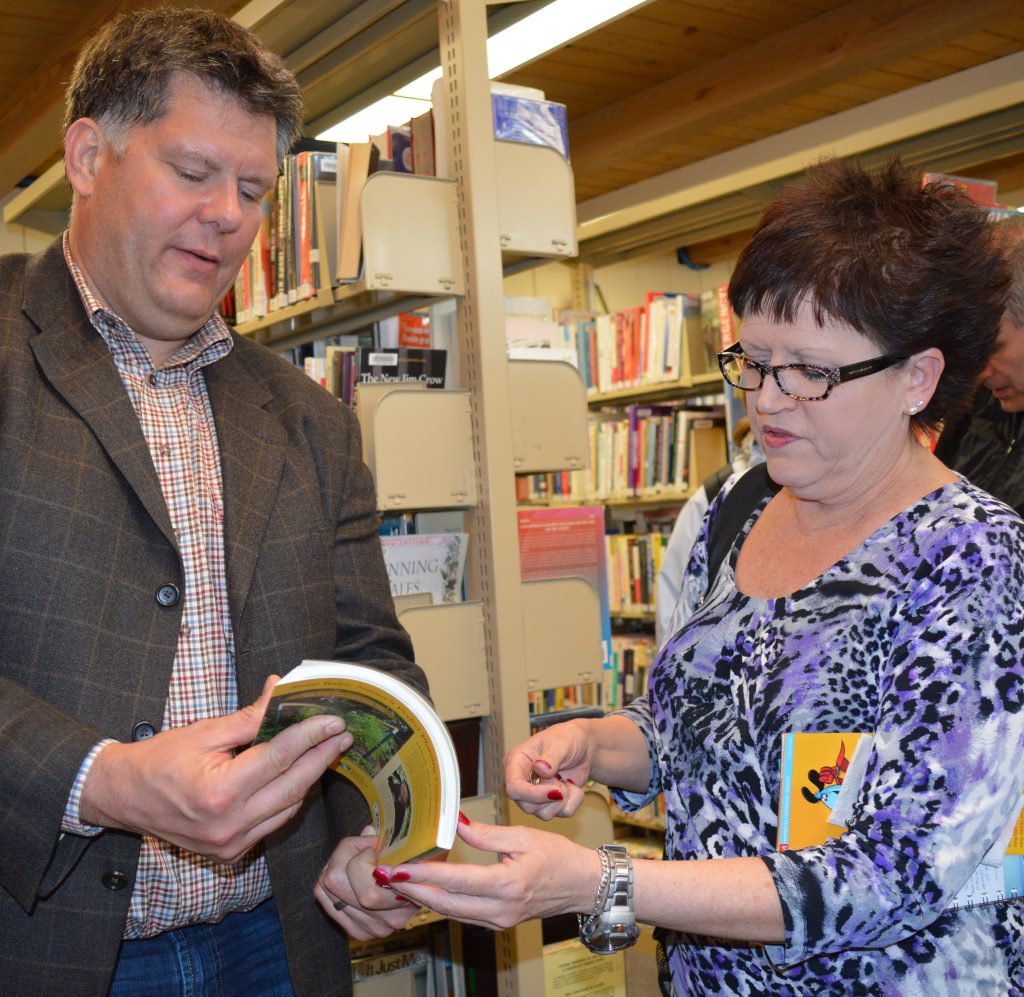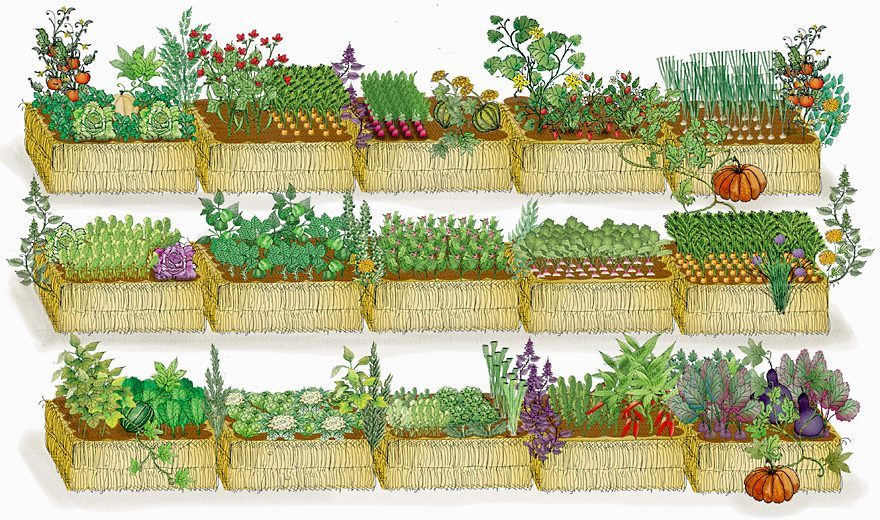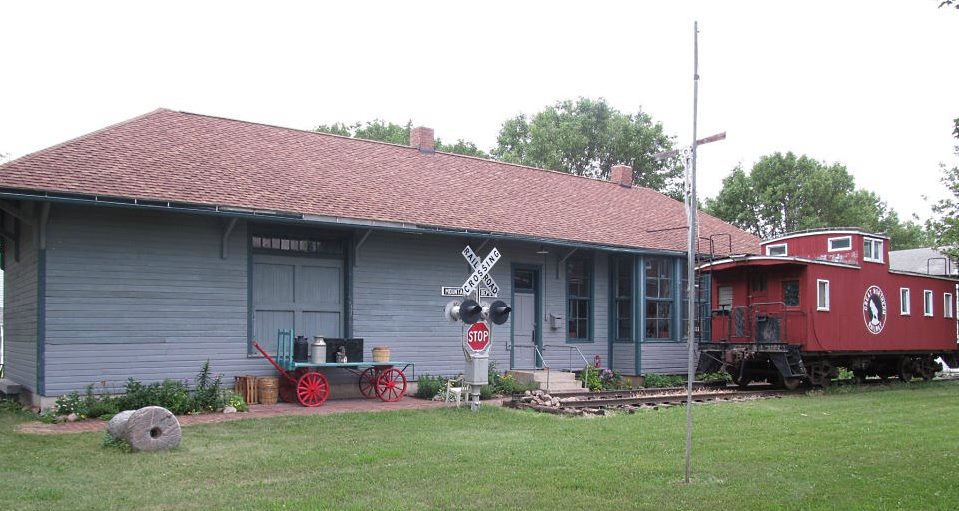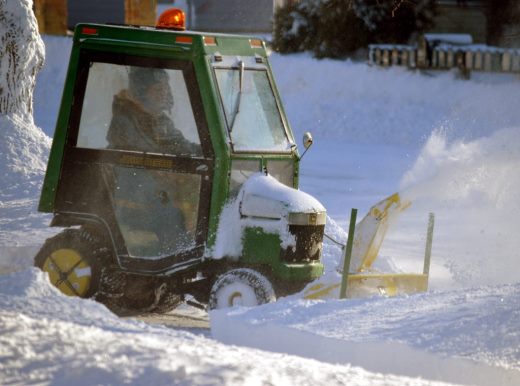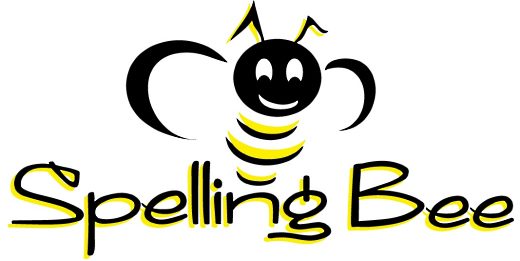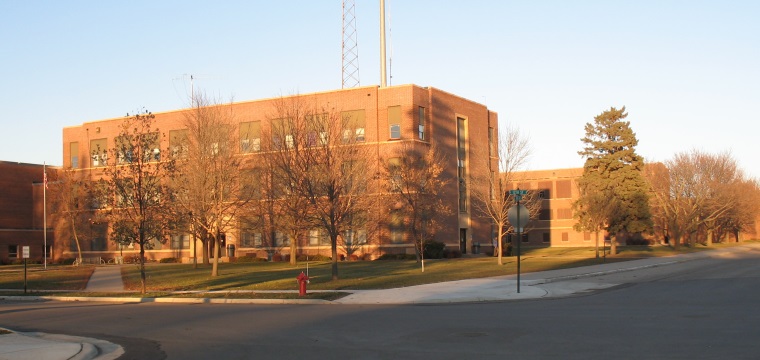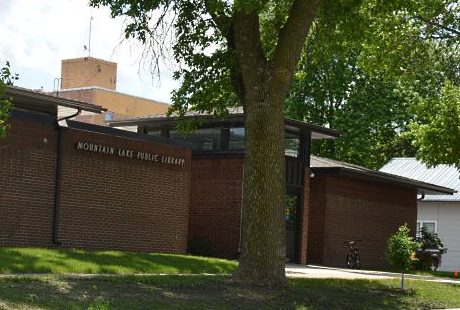Put green thumb talents on parade with a straw bale garden – per Joel Karsten’s gardening tips
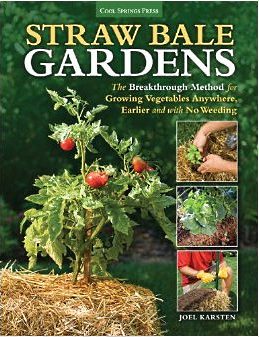
Author, speaker and Minnesota-basked horticulturalist, Joel Karsten, shared how to garden in the straw – bales that is – during a Wednesday evening, May 14 program at Mountain Lake Public Library. His introduction of straw bale gardening has turned into a worldwide vegetable and flower gardening phenomenon – spreading from the Arctic to Australia, the deserts of Africa to Siberia and North America to the tip of South America.
Joel Karsten is a graduate from the University of Minnesota and received a Bachelor of Science degree in Horticulture Science. His biography on his web site – www.strawbalegardens.com – tells that he worked in the “Green” industry after graduation, running his own landscape design and Installation company in the Minneapolis/St.Paul metro area. He is still an avid vegetable gardener, trying new varieties of anything he can fit into his 20-bale garden on his limited residential lot in Roseville. He is also a fan of tulips, dhalias, roses, hostas and day lillies – and is always on the lookout for new introductions.
According to Karsten, straw bale gardening is a simply a different type of container gardening. The main difference is that the container is actually the straw bale itself – held together with two or three strings – with the outside crust of the bale serving as the container. Once the straw inside the bale begins to decompose, the straw becomes “conditioned” and ready to plant. The step-by-step process of conditioning creates an extraordinarily productive, warm, moist and nutrient-rich rooting environment for young seedlings.
Getting the straw bales conditioned is an essential part of the process, and should be started approximately two weeks prior to the target planting date in your area. This planting date varies greatly depending on where you are in the world but this gardening technique works anywhere in the world for seasonal spring/summer or for winter gardens.
Karsten says that, “Growing a successful vegetable garden is difficult enough if you have terrific soil to plant your garden into, but with poor soils it can be virtually impossible. Straw bale gardening allows anyone, even those with the worst soil conditions, to grow a terrific garden that is productive and much less labor intensive. For anyone with difficulties bending over or doing the heavy work that is usually involved in turning the soil and digging to plant and harvest crops, the raised height of the straw bale garden makes those chores obsolete. Harvesting potatoes means simply knocking over the bale at the end of the season and picking them up – no digging required.”
He continues, laying out that weeding will also become a thing of the past, as there are no weeds in a straw bale garden. Minimal maintenance in straw bale gardening results in maximum production. (By the way – wheat straw bales are the best choice!)
Aside from his web site, join in talking gardening with Karsten on his Facebook page: www.facebook.com/LearnToGrowAStrawBaleGarden.
* The library has two copies of Karsten’s book available for check-out.
Karsten’s appearance at Mountain Lake Public Library, and earlier in the day at the Windom Community Center, as sponsored by the Windom Public Library, is funded in part or in whole with money from Minnesota’s Arts & Cultural Heritage Fund.
Below are some photographs from Karsten’s presentation:

